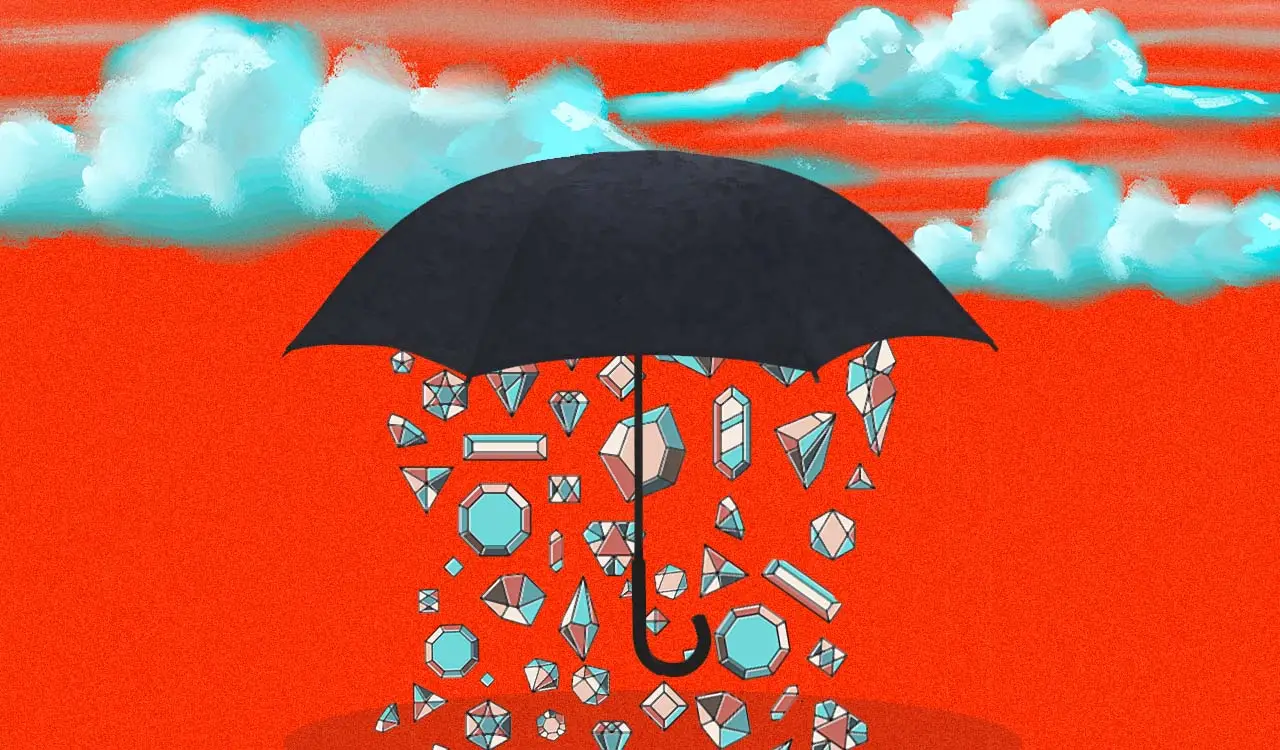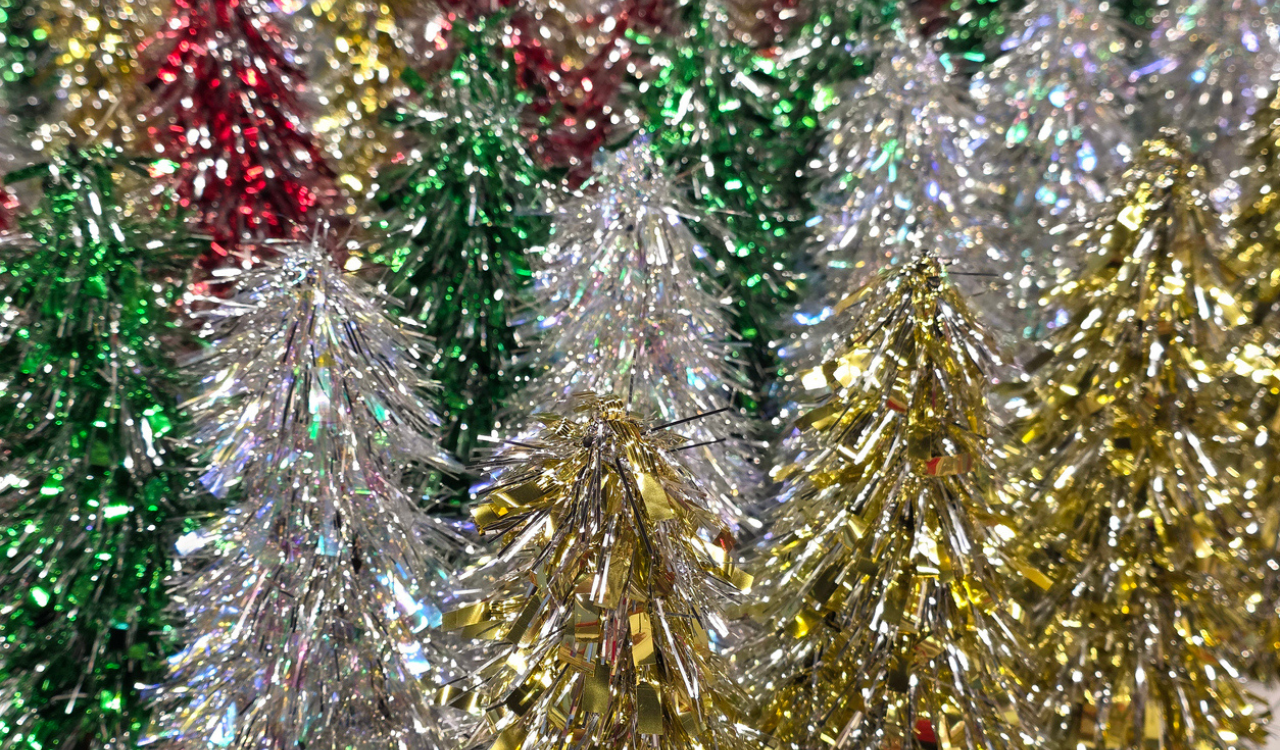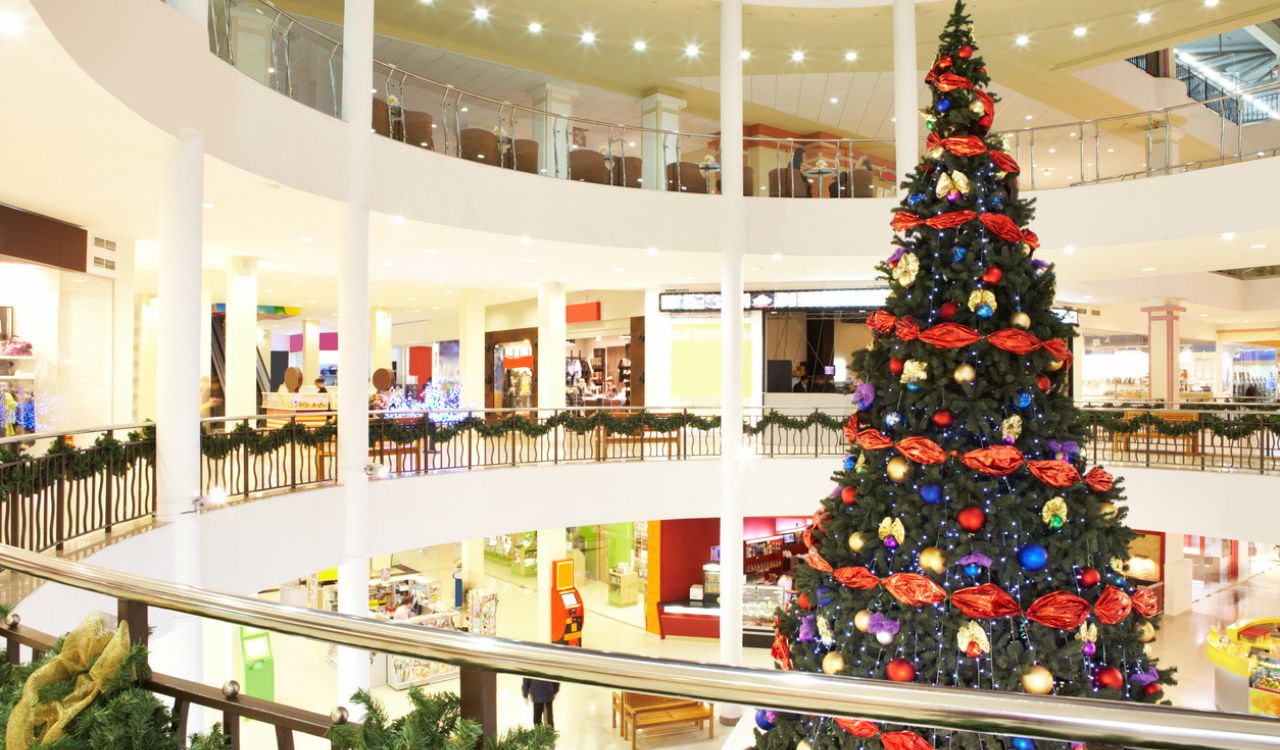The unending tale of Hong Kong’s retail woes continues to lengthen as 2024 draws to a close, and the Hong Kong luxury sector has been particularly hard-hit. Yet Hong Kong’s role as a pivotal link in the world’s jewelry supply chain remains resilient, thanks to a tenacious and deep cluster of big retailers (Tai Fook, the world’s second-biggest jeweler with 8,000 shops globally, is headquartered here), wholesalers, designers and manufacturers. In 2022, it became the world’s largest importer of fine jewelry, and its leading producer of finished gold items. Net exports were up 24 percent in 2023 to HK$87.8bn (US$11.3 billion) according to the Hong Kong Census and Statistics Department, a triumphant return to post-Covid vibrancy. Nearly half of those sales went to China or the U.S., a fact which serves as an X-ray revealing Hong Kong’s deep set and resilient bones.
Just like when Louis Vuitton comes out with a range of luxury brands that cater to customers of different income levels and perceptions of luxury, lab-grown diamonds are becoming a new entry-level luxury product for consumers who previously were not in the market.
Jewel Boxes
An annual testament to this nodal position is Jewellery & Gem World Hong Kong—3,000 exhibitors meeting tens of thousands of buyers in what is the largest of its kind. This year, a mood which could be best described as cautious exuberance permeated the expansive halls of the three halls of the show. Keen buyers and sellers still thronged around literal hordes of jewelry in the second event post-Covid event. In 2023, attendees were made giddy by cabin fever and the tail end of pandemic stimulus spending, these propellants have since evaporated and have been replaced by concerns about a weakening consumer demand and unsettling geopolitics.
A Tale of Two Glitters
Two tectonic shifts in the Hong Kong glitter industry, both informed by the gloomy macroeconomic backdrop, are crimping demand. The first is the continued surge in gold prices. Global uncertainty has pushed gold up over 30 percent so far this year, which many sellers feel has made buyers more cautious. It is also cutting into Hong Kong’s position as a retail hub; up until the pandemic, an estimated 70 percent of local jewelry retail sales came from mainland Chinese tourism, which has been less active this year, in part because one of their key purchase items has gotten a lot more expensive.
Gold’s rapid rise, however, does not result in an equal and opposition drop in demand. “Our customers know gold doesn’t lose its value,” explains a Malaysian-based gold jeweler, “and while there might be less impulse buying this year, there are always life events—weddings, anniversaries—that require jewelry.” A stock of gold also provides an insurance policy of sort to smaller retailers, as one local jewelry trader explains: “Shops have always melted down pieces in their inventory and sold off the bullion to take the price gains in cash” which sees them through leaner times.
While gold’s push-and-pull effect on jewelry sales is a natural law as old as time, the second trend is the adoption of synthetic or “lab-grown” diamonds that are growing in popularity, especially among younger consumers. “We get many more inquiries about pieces set with artificial stones, largely catering to new buyers want the dazzle of diamonds, but do not see the need to spend a lot,” obverses one Hong Kong based jeweler. ‘A lot’ is an understatement: a synthetic diamond can cost ten percent or less than a naturally mined stone of comparable clarity and cut. Lab-grown diamonds also allow sustainability- and ethically-minded younger consumers a neat way to sidestep the problematic baggage that often accompanies naturally-mined stones.
Diamonds Are Forever…and Also on Call
The role of lab-grown diamonds does not pose an existential threat to the natural diamond world—at least not entirely, and at least not for the jewelry and accessory industries (the industrial and mining world may see things differently). Two distinct diamond jewelry demand segments are emerging. “Just like when Louis Vuitton comes out with a range of luxury brands that cater to customers of different income levels and perceptions of luxury, lab-grown diamonds are becoming a new entry-level luxury product for consumers who previously were not in the market,” says Harshil Shah, founder and CEO of Diamonds on Call, a Hong Kong-headquartered online diamond marketplace which claims to be the world’s first to offer end-to-end diamond fulfilment.
Some brands are beginning to fear cross-contamination and are taking steps to mitigate this. In June, De Beers announced its intention to stop selling synthetic diamonds for jewelry, arguably to firewall its brand from the lab-grown world. By contrast, wholesalers and digital platforms like Diamonds on Call are keen to supply both markets, and Shah explains that the ability to help clients expedite quality and differentiate product will help preserve the distinction. Diamonds on Call links some 1,500 suppliers of both natural and synthetic diamonds to buyers online, receiving and validating all purchases before sending them out to clients (Shah estimates that Diamonds on Call rejects around 8 percent of all diamonds received).
Shah feels this is a step improvement on traditional marketplaces, like RapNet, that largely just list stones, and do not service as a guarantor of quality. Thanks to Hong Kong’s role as the world’s “cheapest, easiest, fastest” wholesale jewelry hub, Shah’s operations can fulfill over 40 air shipments a day to retailers globally, charging either a flat rate of $1.25 or 0.6 percent of the stone’s value.
A Wolf in Green Clothing
Evolutionary change is creeping in at the edges of an otherwise old-school jewelry mentality. Wolf, a storied maker of watch winders, cases and other accessories for luxury accessories, was exhibiting in Hong Kong for the first time. While the 190-year-old firm has manufactured in China for some time, the region has only come into focus as an opportunity over the past few years, as the raw appetite for luxury accessories has matured into curated collections and the notion of curation. “It is clear that the future of luxury’s growth is still here,” observed one executive. Wolf’s booth revealed quite a different strategy to the ways international luxury players traditionally enter Asia’s rougher, readier luxury markets, with a toe-dip of a select few classic pieces to test the brand affinity waters. Wolf offers jewelry cases handcrafted of apple leather and recycled bottles to appeal to the sustainability set, and a vibrantly 80’s dayglo four-piece winder safe designed in collaboration with Italian designer Bea Bongiasca, priced at a similarly vibrant $48,000.
Wolf’s pursuit of Asia’s growing number of increasingly sophisticated high-net worth consumers is a sign of one significant transformation in global luxury, just as the rise of the parallel universe of synthetic diamonds represents another. Asia is now a market for established luxury customers keen to curate and manage their collections, as much as it will continue to be a volume play for many in the fine jewelry and accessory space. The rise of a younger middle class in Southeast Asia in particular is fueling demand for stylish but affordable jewelry made from synthetic diamonds today (and likely natural diamonds soon enough).
To thrive in today’s stressed luxury market, playing high and low is a reasonable strategy. Gaining the brand loyalty of next gen luxury consumers’ needs to start pragmatically. The entry point for Chanel may be its lipstick or mascara, as luxury accessories or lab-grown diamonds for the jewelry market. And in of all the ironies in the luxury gemstones business, many of the seemingly dazzling pieces worn at charity and celebrity events may be simulations, with the breathtakingly expensive originals safely locked away in the vault. All that glitters is not necessarily gold!





